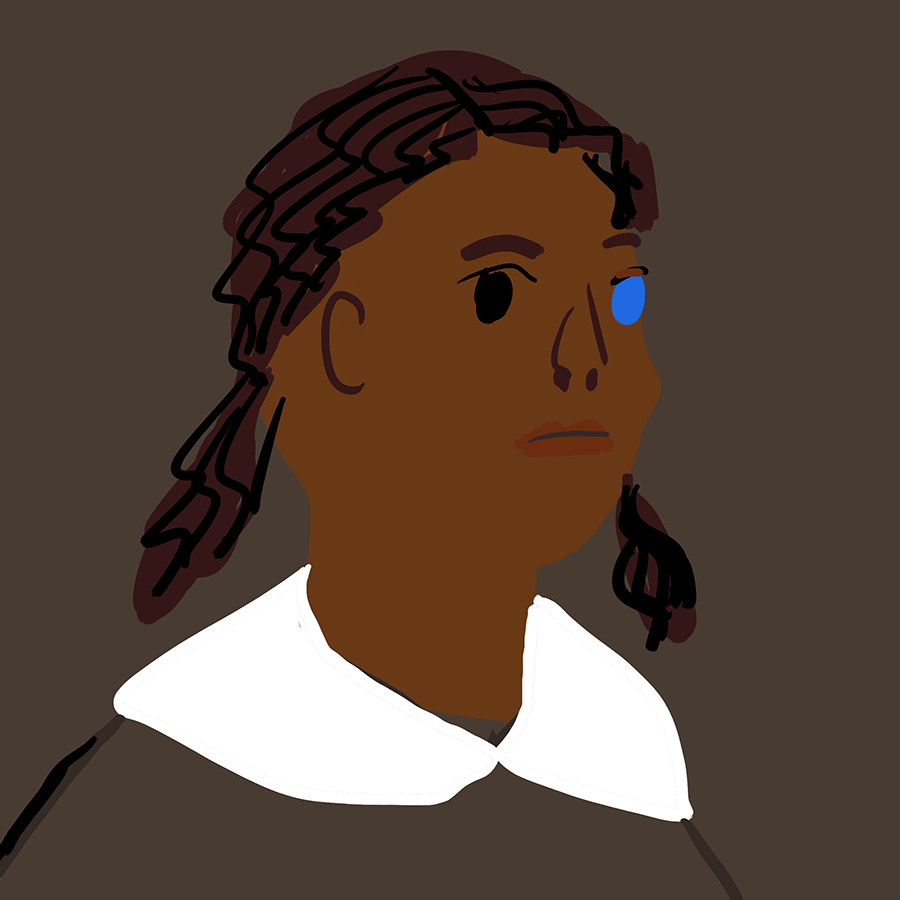

One such symbol that carries through all three novels is that of whiteness, something that becomes very evident as Morrison speaks directly and in other manners about issues of race. Toni Morrison, author of novels Beloved, Son g of Solomon, and The Bluest Eye, employs symbols often and effectively in all three, in both ways specific to the individual work and general symbols that extend over many novels. Geraldine and Pauline both have strong domestic ties: Geraldine views her home as an extension of herself, and Pauline uses the Fisher's home to fantasize about being of a higher social class.In great literature, symbols often are integral parts of the writing that offer much insight and deeper meanings that carry throughout the novel. If only the Breedloves were so lucky! Houses also have a particularly loaded association for women in the novel, since women who didn't work were responsible for tending to the home. And although the MacTeer house is "old, cold and green," Claudia goes to great lengths to tell the reader that the love of her family provided warmth. The Breedloves' abandoned storefront is described as assaulting passersby with its melancholy appearance. Often, the way that houses are described matches the emotions of the people inside. But the houses of the working-class African-American characters in this novel are not comfortable. The Dick-and-Jane house seems safe and comfortable and the family that lives inside perfect, normal, happy.and presumably white.

Houses can often symbolize an ideal of domestic harmony, which we see in the first part of the Prologue. In the 19th century, black slaves were considered property, so the opportunity to own property – an opportunity some middle-class blacks were able to afford – made a very strong political and personal statement. Claudia notes that property ownership is important for African Americans, especially coming out of the age of slavery.

Owning a house says something about one's income and social class status. One way to think about houses is as a symbol of economic advancement. Housesĭid you notice all of the discussion of houses in the novel? From the very first page, when we read the line, "Here is the house," the novel seems to want to get us thinking about where and how people live. When Pecola believes she has acquired blue eyes at the end of the novel, we might understand her as actually having the saddest eyes of anyone in the novel. We also like the idea that "blue" can refer to sadness. She spends her life praying for a miracle because she cannot conceive of being able to change her life on her own.
The bluest eye symbols free#
In part because of her low self-esteem as a poor black child, Pecola does not believe in her own beauty or her own free will. Even more interestingly, she believes she would see things differently through blue eyes, that they would somehow give her the relatively carefree life of a white, middle-class child. She believes that having blue eyes would change the way other people see her, giving her something white America values as beautiful.

For Pecola, however, blue eyes are something to strive for. Claudia, for example, resents the blue eyes of her white dolls, viewing their association with beauty ironically and with disdain. Different characters respond to blue eyes in different ways. Blue eyes seem to symbolize the cultural beauty and cachet attributed to whiteness in America.


 0 kommentar(er)
0 kommentar(er)
